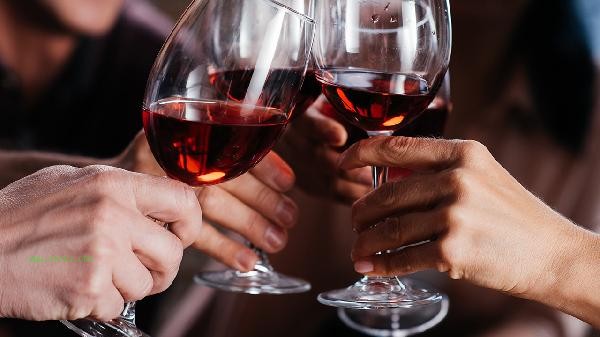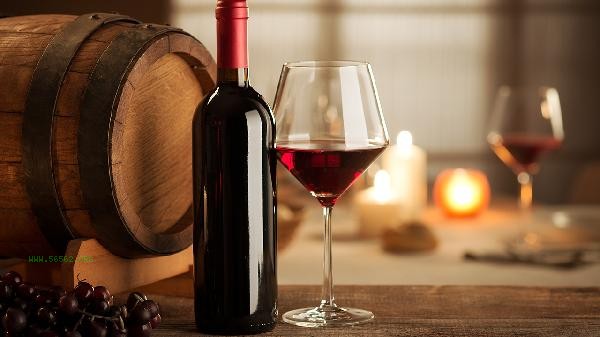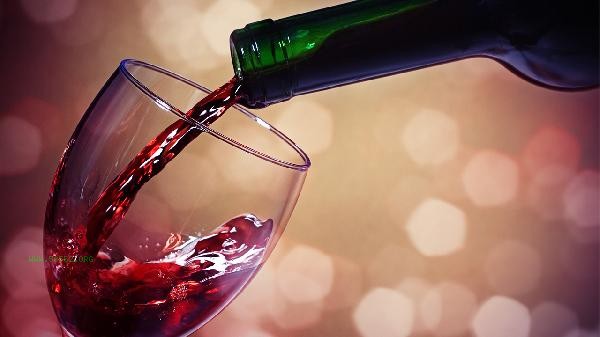The calorie content of 100 milliliters of red wine is about 75-125 calories, and the specific value is affected by factors such as alcohol content, sugar content, and brewing process. The difference in calorie content of red wine is mainly determined by five key factors: alcohol content, residual sugar content, tannin content, brewing variety, and aging time.

1. Alcohol content:
Alcohol content is the primary factor affecting the calorie content of red wine, with 7 calories per gram of alcohol. The alcohol content of dry red wine is usually between 12% and 15%. For every 1% increase in alcohol content, 100 milliliters of red wine will increase in calories by about 7 calories. For example, 13 degree red wine is about 85 calories, while 15 degree red wine may reach 105 calories.
2. Residual sugar content:
Residual sugar directly determines the carbohydrate content of red wine, providing 4 calories per gram of sugar. Dry red residual sugar content is less than 4 grams per liter, with low calorie content; Semi dry type has a sugar content of 4-12 grams per liter, while sweet wine has a sugar content exceeding 45 grams per liter. Under the same capacity, sweet wine may have more than 30% higher calories than dry red wine.
3. Tannin content:

High tannin red wine requires longer fermentation time, and some sugar is converted into alcohol, resulting in a more alcohol rich energy distribution. Varieties with strong tannins such as Cabernet Sauvignon have slightly 5-8% higher calories than low tannin wines such as Pinot Noir at the same alcohol content, due to more complete alcohol conversion.
4. Brewing varieties:
Different grape varieties have significant differences in sugar content. Late maturing varieties such as Ge Haina accumulate more glucose, resulting in higher alcohol content in the resulting wine; Varieties with high acidity such as Riesling often retain some residual sugars to balance the taste, and these characteristics can cause differences in final calorie content.
5. Aging time: During the aging process, alcohol will evaporate slightly, and the alcohol content of red wine aged for more than five years may decrease by 0.5% -1%, resulting in a corresponding decrease of 3-7 kcal/100ml in calories. However, some sweet aged wines may increase their calories due to sugar concentration, and therefore need to be aged.
When drinking red wine, it is recommended to choose a standard glass size of 150 milliliters. Dry red wine consumes about 120 calories per serving, which is equivalent to half a bowl of rice. Paired with low-fat cheese or nuts can delay alcohol absorption, avoid drinking on an empty stomach, and reduce rapid sugar intake. In terms of exercise, jogging for 20 minutes or brisk walking for 40 minutes can burn the calories of a single glass of red wine. It should be noted that alcohol can inhibit fat metabolism. During weight loss, daily consumption should not exceed 200 milliliters, and products with an alcohol content of less than 13% and labeled as "dry red" should be preferred. Special groups such as diabetes patients should consult a nutritionist and choose dry red wine with residual sugar less than 2g/l.




Comments (0)
Leave a Comment
No comments yet
Be the first to share your thoughts!